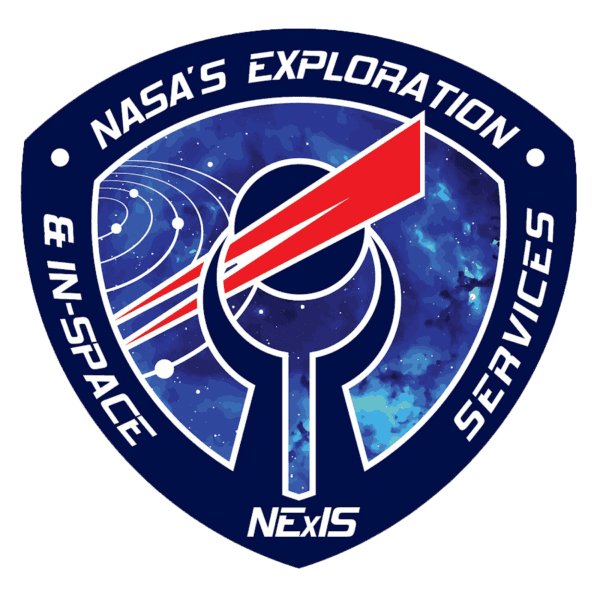Motiv has made contributions to dozens of missions. Below are several recent stand-out projects. Learn how we supported these missions and how we can support yours.

Motiv has made contributions to dozens of missions. Below are several recent stand-out projects. Learn how we supported these missions and how we can support yours.

As the Mars 2020 Perseverance Rover explores the red planet, it will use a robotic arm and other hardware developed by Motiv to take samples, record 3D images and take valuable scientific readings.

NASA’s OSAM-1 mission will locate, connect with and refuel a government-owned satellite. The mission, which uses Motiv’s advanced motion-control components, will explore technologies that allow operators to extend the life spans and versatility of their satellite fleets.

CADRE (Cooperative Autonomous Distributed Robotic Exploration) is a new robotic technology designed to demonstrate collaborative, autonomous exploration and formation sensing by navigating, communicating, computing, perceiving and decision-making without human interaction.
Thank You!
Your application has been submitted.